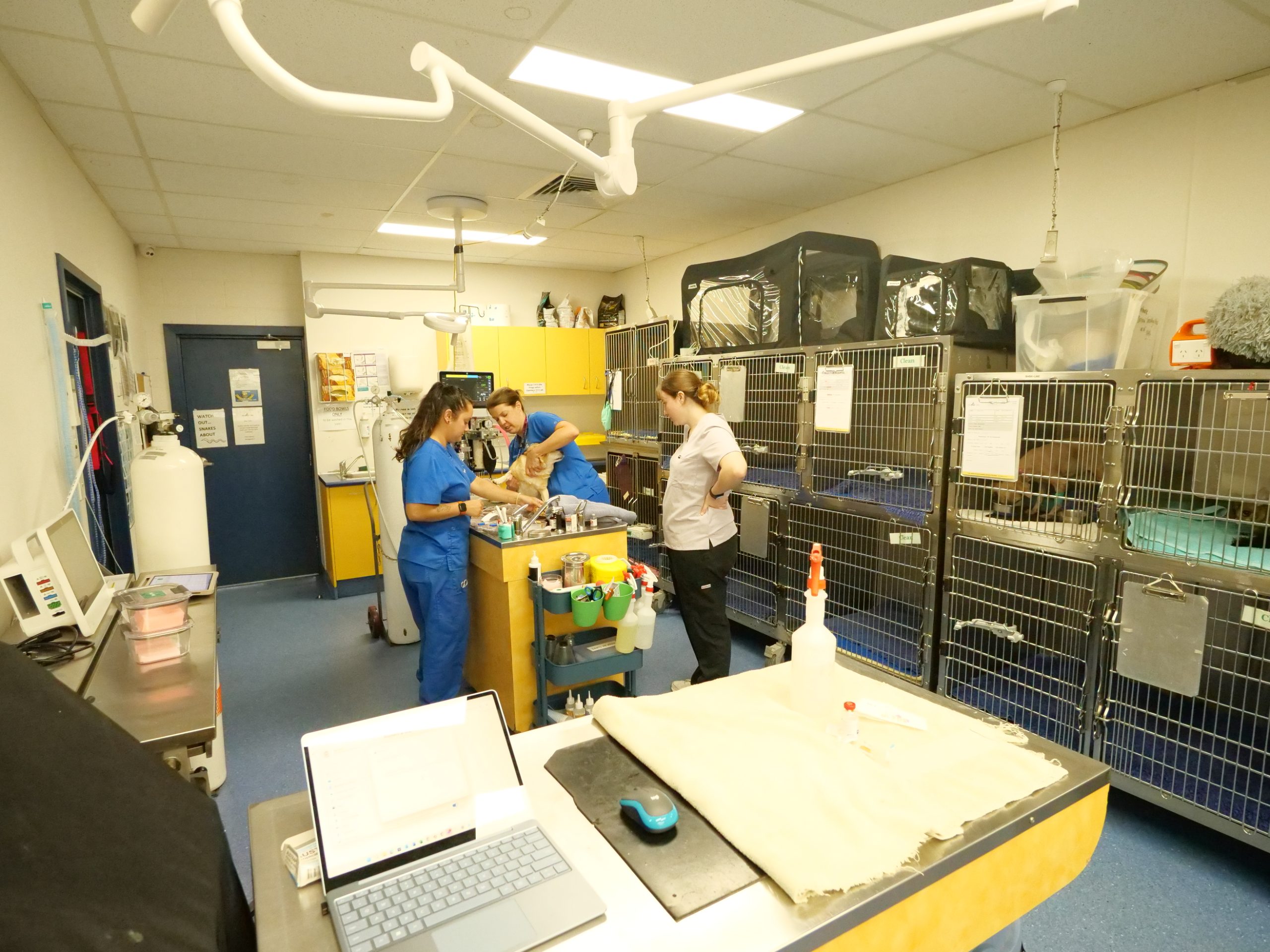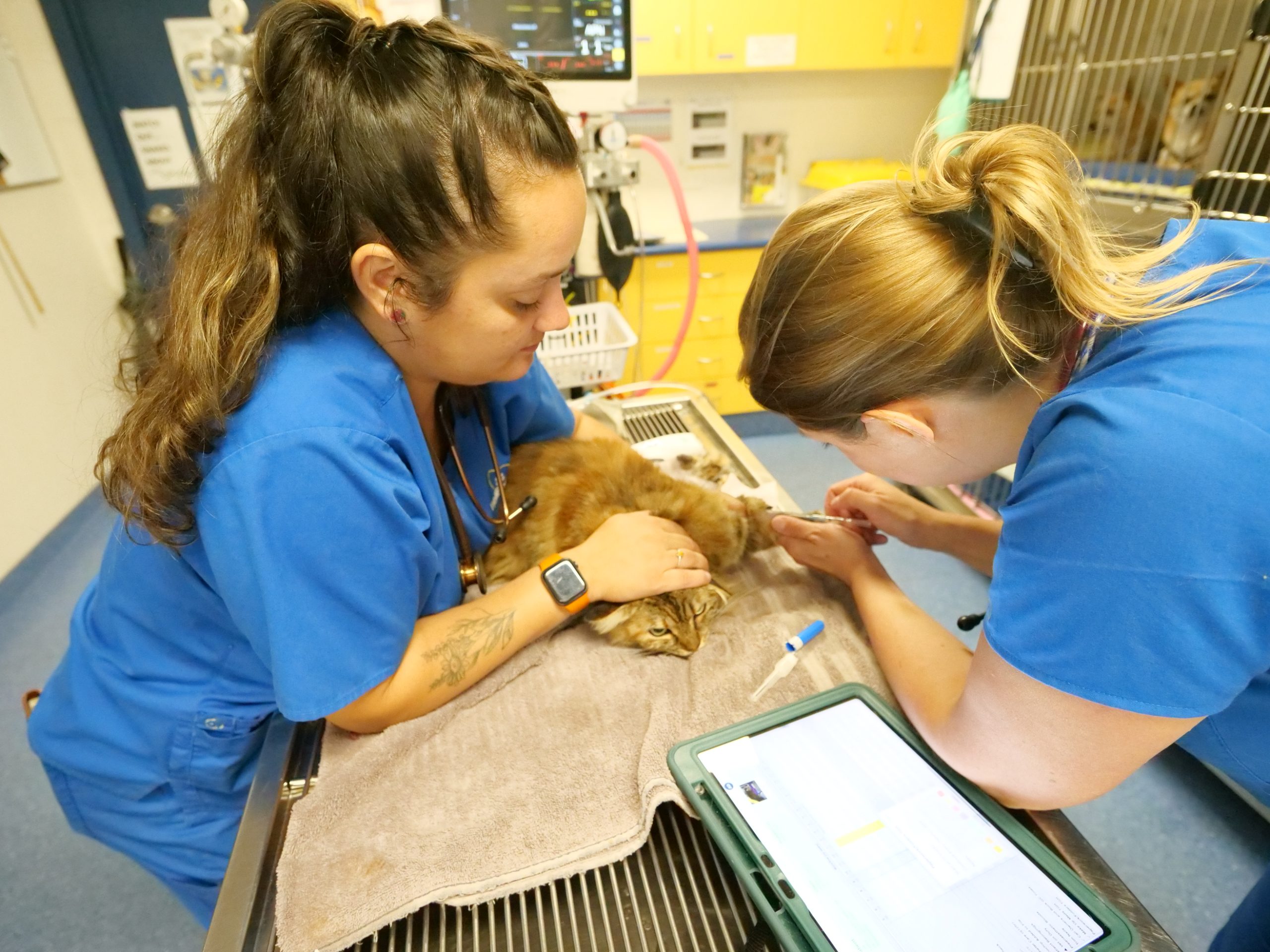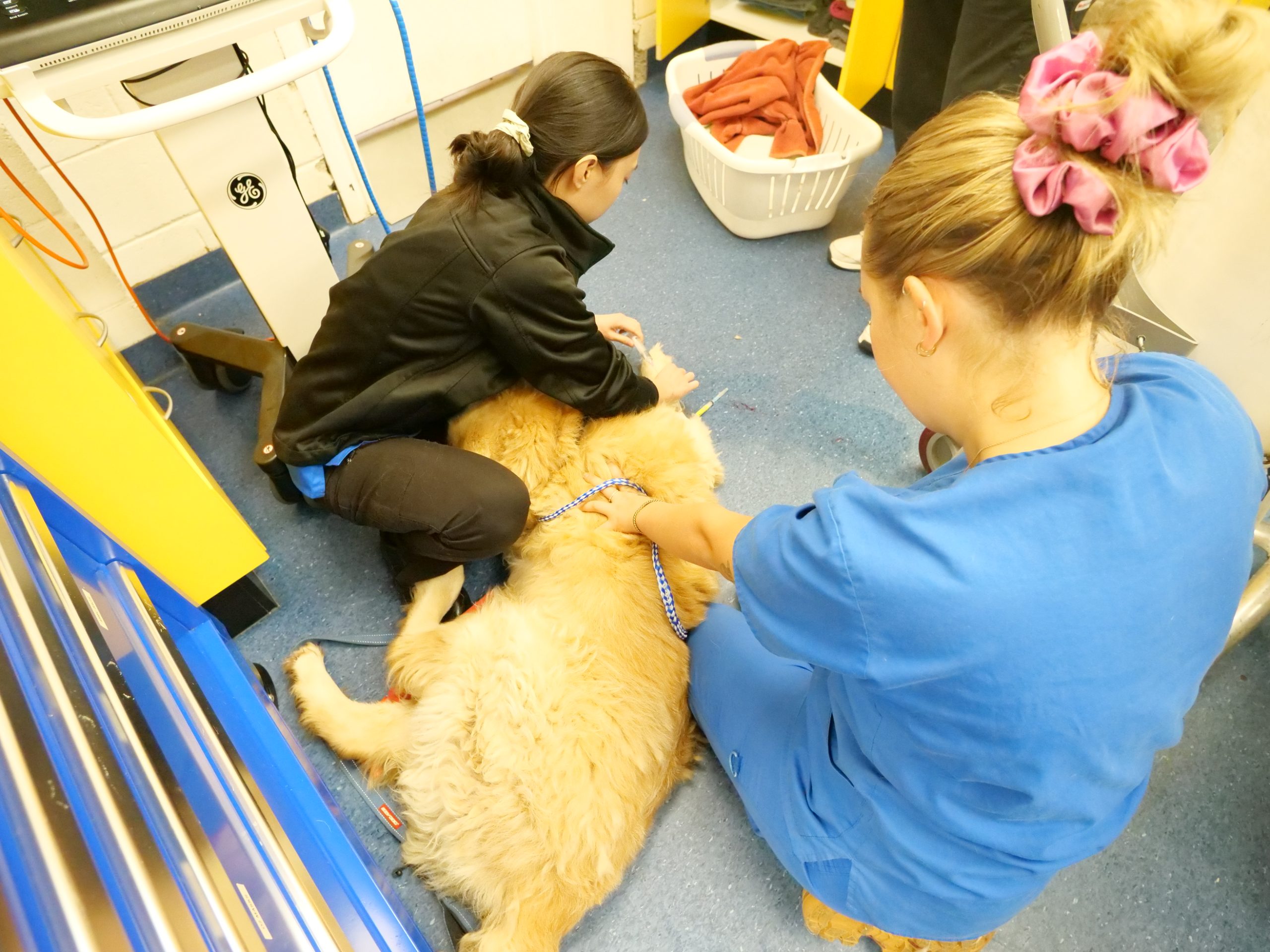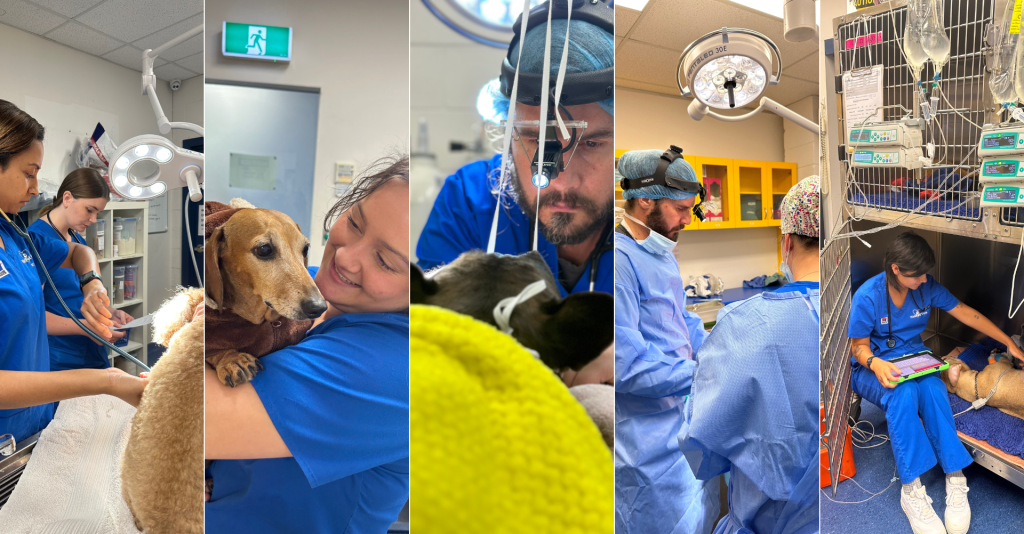What to do in an emergency
Pets can’t tell us when something is wrong — that’s why it’s so important to stay alert and act quickly. If your pet is struggling to breathe, injured, or suddenly behaving out of character, every second matters. Early action gives our veterinary team the best chance to assess, stabilise, and start treatment, giving your pet the best possible chance of recovery.
Emergencies can strike at any time, often without warning. Whether it’s an accident, a sudden illness, or an unexpected reaction, fast action can save lives. Common life-threatening emergencies in pets include:
- Difficulty breathing
- Severe bleeding or trauma
- Collapse or unresponsiveness
- Seizures
- Ingestion of toxins
- Bloat or a swollen, hard abdomen
If you spot any of these signs, call us immediately on (02) 47 333 456.
Our 24/7 Emergency Clinic, Nepean Animal Hospital, is located at 50 Mulgoa Road, Regentville.
In an emergency, minutes matter.
Quick action and early care can save your pet’s life. Don’t wait — seek help immediately.
Your pet needs you to be clear-headed. Take a deep breath and focus on the situation.
Look for signs like bleeding, difficulty breathing, collapse, seizures, or sudden severe pain. Note any symptoms to report to the vet.
By calling us, we can triage your pet over the phone, talk you through any basic first aid you can do prior to heading into clinic, and also prepare for your arrival.
When transporting your pet, always obey traffic laws and ensure your pet is secured in the car for their safety. Cats should be kept in a carrier, while dogs that are able to walk should be on a lead to prevent any distractions or injuries during transport or on arrival




The Next Steps
When you arrive at the clinic, your pet will be triaged and seen based on the urgency of their condition. As a busy emergency clinic, we often manage multiple critical cases at once, and our experienced team is trained to assess and prioritise each patient to ensure the most urgent receive immediate care.
An initial triage may occur over the phone when you call, or on arrival in clinic.
The veterinary team gathers key information:
- What happened?
- What signs are present?
- When did it start?
A quick visual and verbal assessment determines if the pet is stable or critical.
At this stage, our reception team will also collect some details from you to either locate your existing client file or set up a new one.
Patients are sorted into categories:
- Critical: Life-threatening — needs urgent attention (e.g., collapse, severe trauma, breathing difficulty).
- Urgent: Serious but stable — requires prompt care (e.g., wounds, vomiting, pain).
- Stable: Minor or stable cases — safe to wait (e.g., mild limping, skin irritations).
Critical patients are often taken directly into the treatment room to begin the stabilisation process.
If a patient is in the “Critical” category, the vet team begins life-saving interventions right away:
- Airway, breathing, circulation checks.
- Oxygen therapy, IV access, pain management, or control of bleeding.
- CPR is also sometimes required during this stage.
Once stabilised, a full physical exam and diagnostic testing are performed to confirm the condition and plan treatment. Diagnostic options and pricing will be discussed with you before any further testing or treatment is started, ensuring you can make informed decisions about your pet’s care.
The veterinary team will keep you updated on your pet’s condition, explaining their status clearly and discussing any recommended treatment options. We’ll guide you through the next steps, including expected outcomes, costs, and ongoing care, so you can make informed decisions with confidence.


